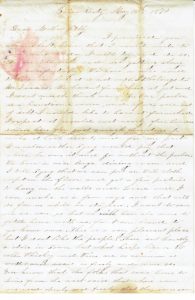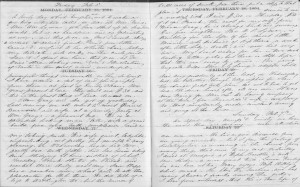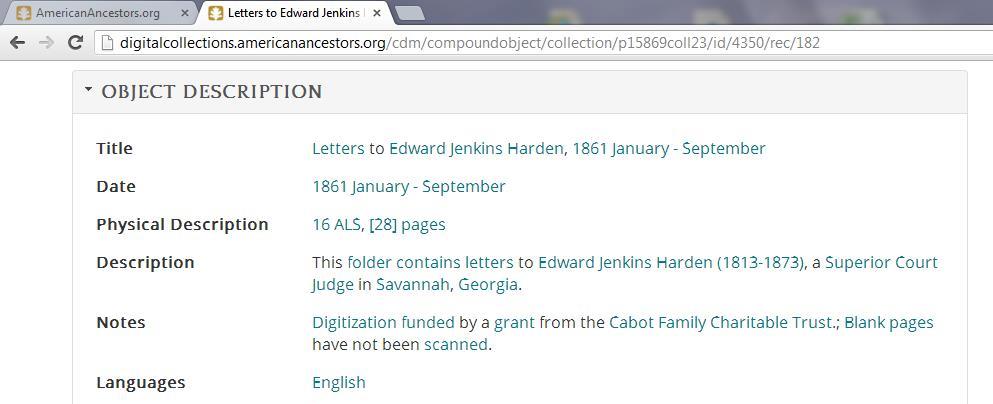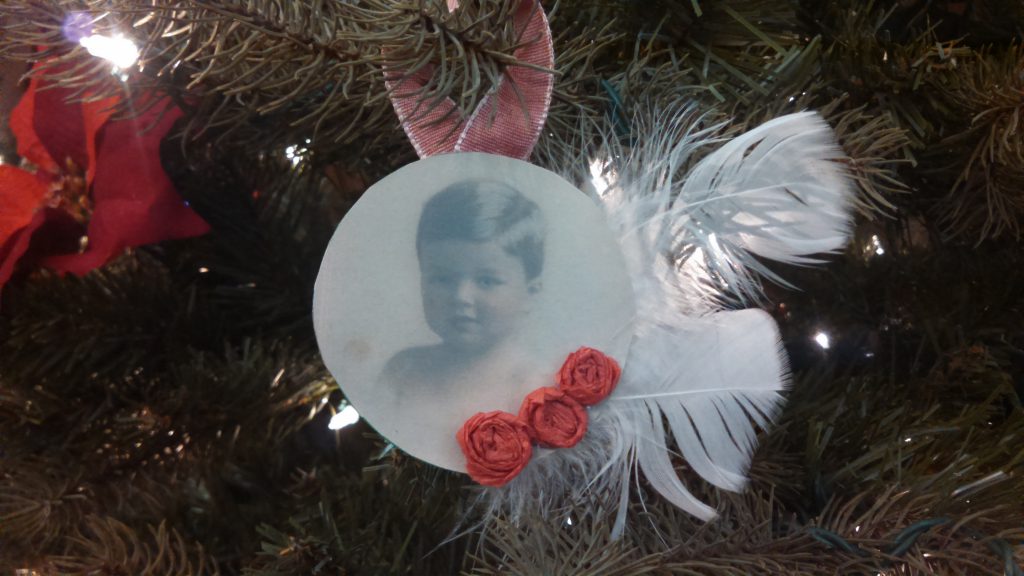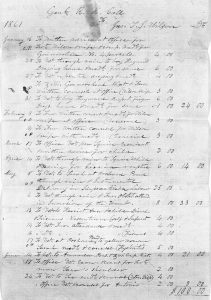[Author’s note: This series, on Mrs. Gray’s reading habits, began here.]

In her diary, Regina Shober Gray[1] notes occasional instances where (usually at the behest of a friend) she assumed a more public profile. Her literary efforts were prized by her contemporaries; one set of her verses was published both in Boston and in Philadelphia in 1862. That Mrs. Gray could feel competitive about her work, even with her friend Mrs. W. B. Richards, may be seen in the diary.
This first entry also refers to the diarist’s friend Emily Adams, newly-wed to Caleb Agry Curtis, whose father had died in late March, drawing them back to Boston from a European honeymoon.
61 Bowdoin Street, Boston, Sunday, 10 April 1864: A wet afternoon; I joined Emily Adams[2] after church and walked home with her, glad of the chance to see her for a few minutes without feeling myself an intruder in her mother-in-law’s house of mourning.[3] Three weeks ago, to-day, they were in Venice, preparing for a trip to Sorrento, with the Gordons[4] next day – when the sad news came to hurry them home. Continue reading ‘In cold blood’




